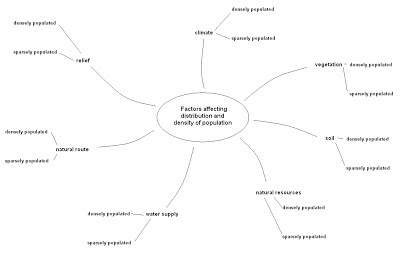The informal sector or informal economy
The informal sector or informal economy is that part of an economy that is not taxed, monitored by any form of government, or included in any gross national product (GNP), unlike the formal economy.
Other terms used to refer to the informal sector can include
- The black market
- The shadow economy
- Clandestine Activities
- The hidden Sector
- The informal Economy
- Informal Opportunities
- The invisible Sector
- One-Person Enterprise
- The parallel economy
- The shadow Economy
- The underground Economy
- The unobserved Economy
- The unofficial Economy
Many of the names by which the 'informal' sector is called - as listed below - essentially characterizes it in terms of what it is not: it is not the formal sector (non-formal), it is not controlled by the government (non-plan, hidden, unofficial, unrecorded), it is not legal (illegal, black, shadow) and it is not taxable (unrecorded, parallel).
Examples of the informal sector
Flower Vendor in India.
Street Vendor in Pakistan.
Cigarette vendor in the Philippines.
Farmer's Choice Sausage Cart. These carts have a water panel directly underneath the sausages. Inside of the cart there is a charcoal heater that keeps the water warm and thus the sausages are both warm and juicy.
Mobile phone scratch card vendor in Nigeria.
Informal Recycling Industry.
Roadside Bicycle Repair.

























.bmp)
.bmp)





